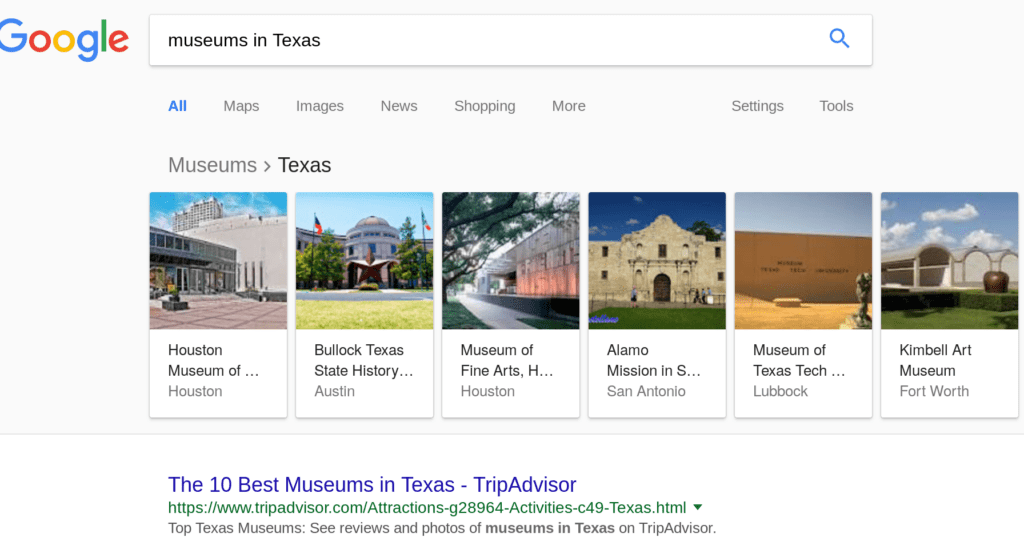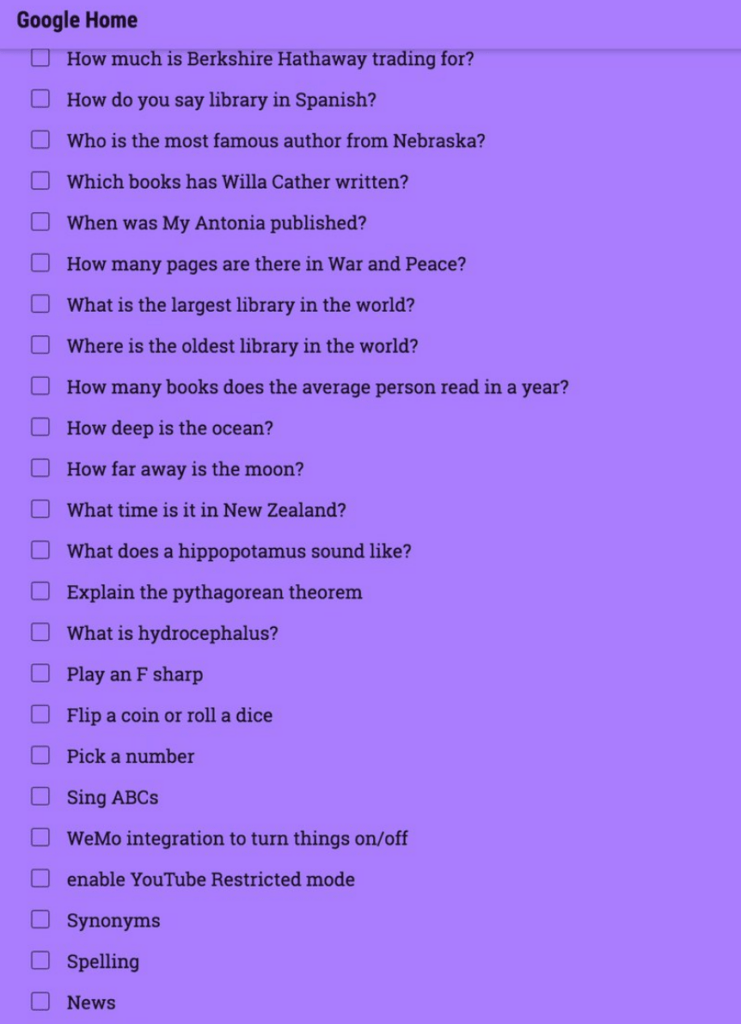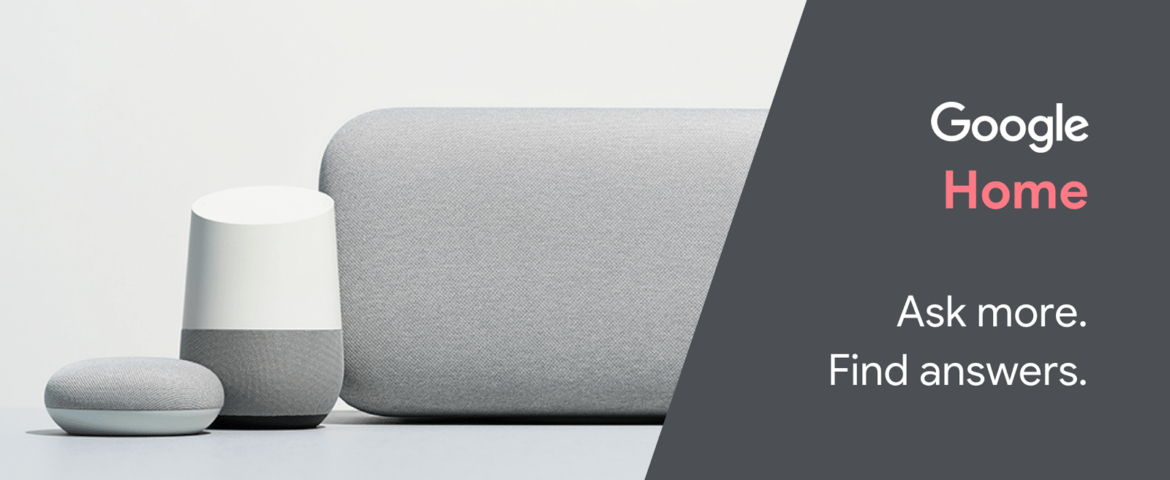While technology directors often object to allowing Google devices designed for home use into public schools and classrooms, there’s no doubt one group is breathing a sigh of relief. That group is home school parents. Digital assistants are welcome to stick their noses into the privacy of home schoolers. Google Home has the potential to be huge in these home classrooms, serving an estimated 58 million learner (ages five to seventeen) nationwide. In Texas, that accounts for five million students in the same age group, approximately 151,000 in 2017-2018 (source). Before we explore some of the ways home schoolers are finding Google Home a useful tool, let’s answer two common questions.
Would Google Home Be Unwelcome in Public Schools?
While teachers may welcome such a personal assistant with open arms, there are some problems that may keep it from finding a home in every school district classroom. Here are a few of those:
- The device lacks WPA2 Enterprise level WiFi support. This is a show-stopper and one of the reasons why Google Cast never made serious inroads into public schools, although many teachers could have used it. Most technology directors, including me, would not take it a step further.
- Easy access to inappropriate content. Explicit content is available via Google Home through the various music services. Only YouTube Red (which costs money) offers content controls. You can learn more about control of the device.
- Management of Google Home devices (e.g. setting up accounts, etc.) promises to be a headache. Unlike Chromebooks, this technology lacks a “management license” that can be purchased to better control these devices.
What are some other reasons for keeping Google Home out of K-12 school districts?
Do You Know What Google Home Can Do?
You may already know that with Google Home, you can accomplish the following:
- Use Google Translate to help you speak in 90 different languages
- Tap or swipe using its touch-sensitive surface at the top
- Conduct free form searches that are based off of Google Search engine
- Listen to Google Play music and YouTube
- Stream to Chromecast-connected speakers or compatible devices
- Recognize the voices of individuals
Looking for a comparison chart between Google Home and Amazon Alexa? You may want to take a look at this infographic. Let’s take a quick look at some ideas for using Google Home in your learning environment.
#1 – Google Knowledge Graph
Are you familiar with Google’s Knowledge Graph? The Knowledge Graph is searchable via the Google Home device. After viewing this tweet, I was able to learn about Knowledge Graph. You can start with one search. Knowledge Graph provides you with a visual, browse-able list of related collections of information.Here’s what the carousel looks like:

Watch this short video about KG:
#2 – Questions to Ask
Did you know that your Google Home could answer all these questions? Wade Gibson’s tweet points out that it can respond to various questions:

Watch these elementary students use Google Home to check their math work. Thanks to Jeff Hennigar for sharing the tweet.
The folks at Bookwidgets point out some additional approaches you can take:
- Ask Google Home to share a fairy tale
- Ask it to spell a complex word
- Have the device answer students’ questions
- Let it roll a coin and have students predict whether it will be heads or tails
- Get Google Home to answer questions about book authors or movie characters/actors
For a different take on this device in the home school environment, read Meaghan’s piece at More Than a HomeSchool Mom.
What about Inappropriate Responses?
As Meaghan points out in her piece, you will want to set some boundaries and ground rules up front for Google Home use:
Google will answer questions. I keep our Google Home in the living room where the family is. If you are worried about your children being exposed to certain information, please supervise their use. I know for mine, I have had all the big talks with them so I am not concerned. This will vary based on the household.
Ready to let Google Home enhance the home school teaching and learning relationship you have with your child?



 of high school students indicate they use the Internet at home at least a few times a week. 54% of the high school students use it every day. The student’s Internet use is not dependent on whether the teacher purposely assigns homework that needs the Internet because only 13% of Texas teachers indicate they do so. Students are going to the Internet for help in their homework because it is the library of the 21st century. Students without this home access are at a distinct disadvantage. They have fewer ways to access content and are not learning the necessary skills of finding accurate information to answer their research questions.
of high school students indicate they use the Internet at home at least a few times a week. 54% of the high school students use it every day. The student’s Internet use is not dependent on whether the teacher purposely assigns homework that needs the Internet because only 13% of Texas teachers indicate they do so. Students are going to the Internet for help in their homework because it is the library of the 21st century. Students without this home access are at a distinct disadvantage. They have fewer ways to access content and are not learning the necessary skills of finding accurate information to answer their research questions. 